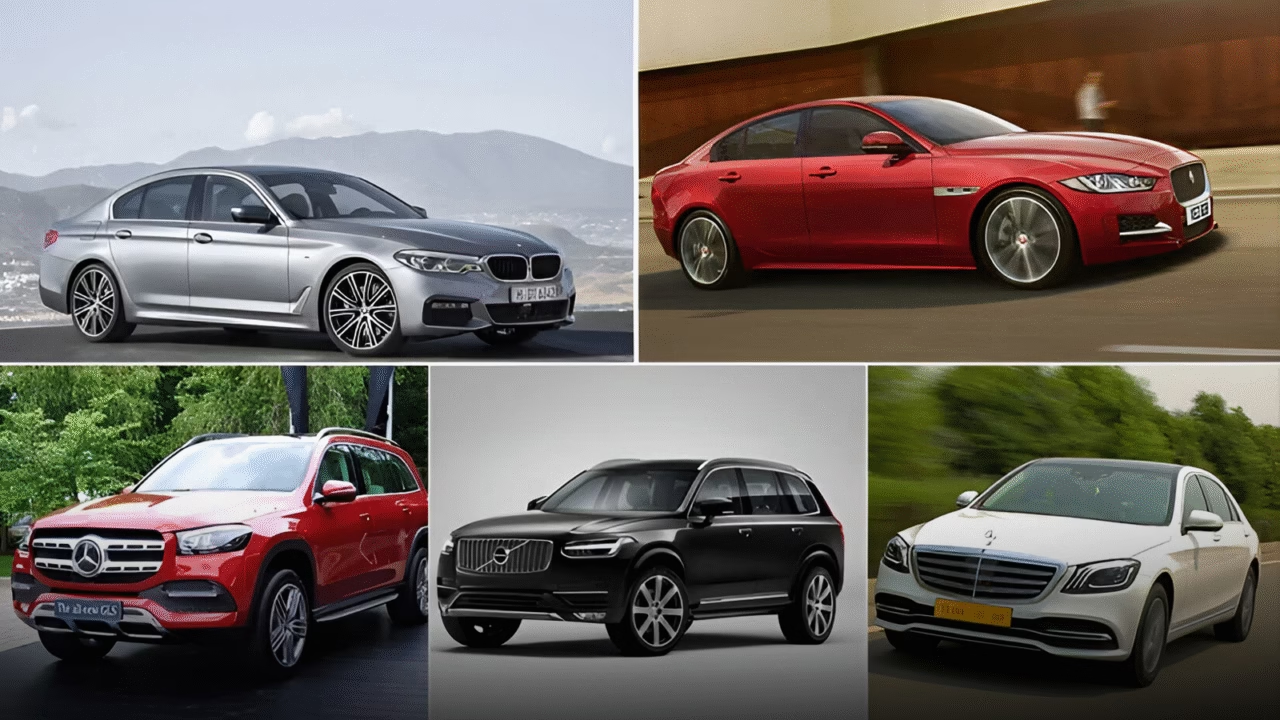India’s automobile industry has received a significant boost thanks to the government’s recent reduction of the Goods and Services Tax (GST) on vehicles. This initiative has prompted widespread price adjustments among various car manufacturers, ranging from affordable hatchbacks to high-end luxury SUVs. The decrease in tax burden is anticipated to improve affordability, potentially drive sales, and offer a much-needed uplift to an industry that has experienced a slowdown in demand over the past few quarters.
Understanding the GST Reduction
The government’s adjustment of the GST is a response to declining vehicle sales and aims to stimulate consumer spending. By lowering the tax rate, automakers can now transfer cost savings to their customers. Depending on the model and its price category, the GST reduction has resulted in savings from ₹20,000 for entry-level hatchbacks to over ₹3 lakh for luxury and premium vehicles.
This change directly affects India’s best-selling cars, providing first-time buyers, families, and even luxury car aficionados the opportunity to purchase a vehicle at lower effective prices. Analysts consider this a strategic decision ahead of the festive season, a time when Indian car manufacturers usually experience peak demand.
Brand-Wise Price Impact
Maruti Suzuki: As India’s largest car manufacturer, Maruti Suzuki has adjusted prices for its popular models, including Swift, Baleno, Brezza, and Ertiga. The GST reduction has lowered prices by ₹25,000 to ₹50,000, depending on the variant. For example, the top-end diesel variant of the Vitara Brezza now costs about ₹45,000 less, making compact SUVs more appealing to urban consumers.
Hyundai: The South Korean car manufacturer has revised the prices for the Creta, Venue, i20, and Alcazar. Discounts range from ₹20,000 on hatchbacks like the i20 to ₹45,000 on the mid-size Creta SUV. Analysts observe that these price changes enhance Hyundai’s competitiveness against Maruti and Tata in the sought-after SUV market.
Tata Motors: Tata’s Nexon, Altroz, and Punch models are now offered at reduced prices following the GST cut. The top variant of the Nexon has seen a price drop of approximately ₹50,000, which could further attract safety-focused consumers. This adjustment bolsters Tata’s standing in the compact SUV sector, particularly against competitors like Hyundai Creta and Maruti Brezza.
Toyota: Premium models such as the Innova Crysta, Fortuner, and Urban Cruiser have also experienced slight price reductions. Although luxury SUVs generally come with higher starting prices, the GST reduction provides significant savings for buyers in this category, enhancing Toyota’s appeal.
Luxury Automakers (BMW, Mercedes, Audi, Volvo): Even high-end brands have passed on GST savings to their customers. BMW’s 3 Series, 5 Series, and X1 models are now available at slightly lower prices, while Mercedes-Benz and Audi have adjusted prices across their sedan and SUV lineups. Although the percentage decrease is modest compared to mainstream vehicles, the absolute savings for luxury buyers can surpass ₹3 lakh on certain models.
Other Brands (Skoda, Renault, Mahindra, Kia): Price changes have been made across various segments, ensuring that the GST benefits extend to hatchbacks, sedans, and SUVs. For example, Renault’s Duster and Mahindra’s XUV700 are now more affordable by ₹30,000 to ₹40,000 depending on the variant.
Segment-Wise Implications
Hatchbacks & Compact Cars: Budget-minded consumers are likely to benefit the most, with price reductions making entry-level vehicles even more attractive. This is expected to encourage first-time car buyers.
Compact & Mid-Size SUVs: Popular models such as the Maruti Brezza, Hyundai Creta, and Tata Nexon are becoming increasingly competitive, which is likely to boost sales during the festive season.
Luxury Sedans & SUVs: Although the GST savings are smaller in percentage terms, they still offer a significant incentive for high-end buyers who are considering a purchase.
Market Outlook
Industry experts anticipate a short-term surge in car sales, especially in the mass-market segments. The GST reduction, along with ongoing festive discounts and financing options, may motivate buyers to upgrade to higher trims or explore slightly more premium models. Automakers are also taking advantage of this opportunity to clear out existing inventory in preparation for new launches.
Moreover, the price cuts could enhance employment and demand in related sectors such as dealerships, finance companies, and auto component manufacturers, creating a ripple effect throughout the economy.
The GST reduction has undoubtedly provided relief to car buyers across India. With lower prices on vehicles from Maruti, Hyundai, Tata, Toyota, BMW, Mercedes, and other manufacturers, cars are now more affordable, promoting consumption. Whether you are a first-time buyer, a family in search of an SUV, or a luxury car enthusiast, the adjusted prices offer a compelling reason to consider making a purchase now.
For the automobile sector, this could signal the start of a recovery phase, fostering growth and stabilizing sales after a difficult period. The GST cut not only benefits consumers but also reinforces India’s status as one of the fastest-growing automotive markets in the world.

